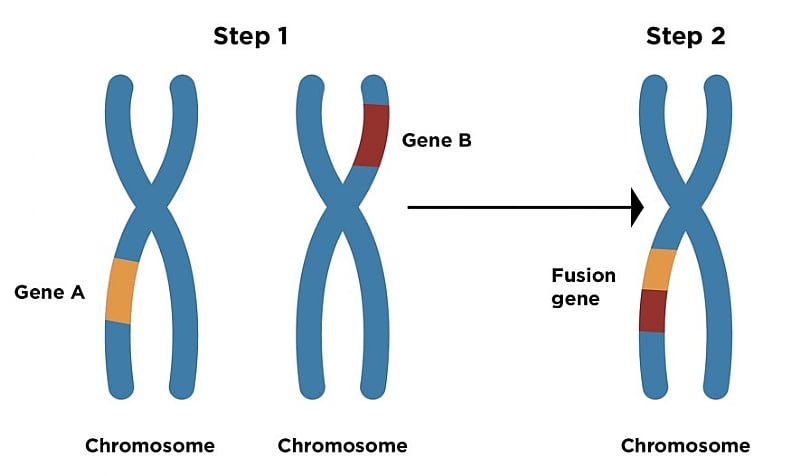Soft tissue sarcomas are a rare and often under-recognised group of cancers that develop in the connective tissues of the body. These include muscles, fat, blood vessels, nerves, and fibrous tissues. While they can occur anywhere in the body, they are most commonly found in the limbs, particularly the thighs. Due to their ability to grow silently without causing early symptoms, soft tissue sarcomas often evade timely detection.
Understanding the Nature of Sarcoma
There are over 50 distinct types of soft tissue sarcoma, each varying in how it behaves and responds to treatment. These cancers make up less than one percent of adult malignancies, placing them in the rare category. Due to their tendency to grow slowly and develop deep within the body, many sarcomas remain undetected until they become large enough to affect nearby tissues or organs.
In the early stages, soft tissue sarcomas tend to develop quietly, without systemic symptoms that typically raise alarm. Often, the first noticeable sign is a lump that slowly increases in size, yet causes no discomfort. These growths are frequently mistaken for harmless swellings, cysts, or fatty deposits. Unfortunately, such assumptions can delay necessary care. Any mass that enlarges over time, causes discomfort, or measures more than five centimetres should be evaluated with appropriate imaging and reviewed by a specialist without delay.
Diagnostic Approach
Early diagnosis plays a critical role in managing soft tissue sarcomas. A thorough clinical examination followed by imaging studies such as MRI is usually the first step. Biopsy—preferably core needle biopsy—confirms the diagnosis and guides further management. Cross-disciplinary input from oncologists, radiologists, and pathologists is essential in determining the stage and extent of the disease.
Staging investigations typically include imaging of the chest to assess for lung metastases, as the lungs are the most common site for sarcoma spread. PET-CT scans may also be utilised in selected cases to evaluate the metabolic activity and distribution of the tumour.
Treatment Modalities
Surgical removal is the cornerstone of treatment. The aim is to excise the tumour completely with clear margins, while maintaining limb use. With progress in limb-conserving procedures, amputations are now less common. Radiation and chemotherapy may be added based on tumour size, grading, and the extent of nearby involvement.
Radiation therapy is often administered either before or after surgery to reduce the risk of local recurrence. Chemotherapy is reserved for high-grade or metastatic tumours, although its role remains selective and depends on the specific histologic subtype. Newer systemic therapies and targeted approaches are currently being explored, especially for refractory or recurrent cases.
Long-Term Monitoring and Survivorship
Ongoing follow-up remains essential after treatment, as recurrence or delayed metastasis can occur. Monitoring usually involves regular scans of the initial tumour site and lungs. Beyond physical healing, rehabilitation must address emotional wellbeing and functional recovery. Physiotherapy, occupational therapy, and psychological support are all essential components in helping patients regain strength and adapt after treatment.
Raising Awareness
Limited awareness around soft tissue sarcomas often contribute to delayed diagnosis—this applies not only to patients but, at times, to initial clinical evaluations as well. Educating the people about the importance of not ignoring persistent or enlarging lumps can lead to earlier referrals and better outcomes.
Oncologists must maintain a high index of suspicion when assessing soft tissue masses. Referral to specialised centres equipped with multidisciplinary teams improves diagnostic accuracy and ensures optimal treatment planning.
Soft tissue sarcomas represent a rare and varied category of tumours that can be difficult to identify in early stages due to their subtle onset. Detecting them early depends on careful clinical judgement and the right diagnostic approach. With coordinated care from a multidisciplinary team, patients often see better outcomes while maintaining mobility and function. Greater awareness—both among the people and doctors—and timely referral to the medical specialists remains crucial for improving survival and reducing delays in diagnosis.
By Dr. Deepthi Vynayaki, Consultant Surgical Oncologist, HCG Cancer Center – Ongole


